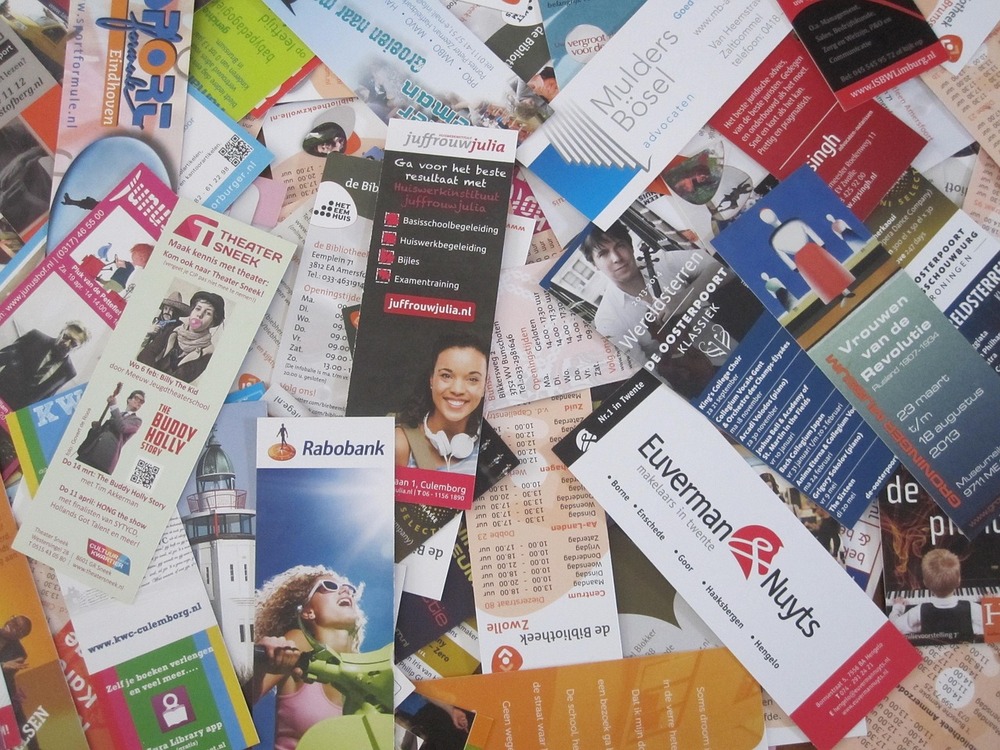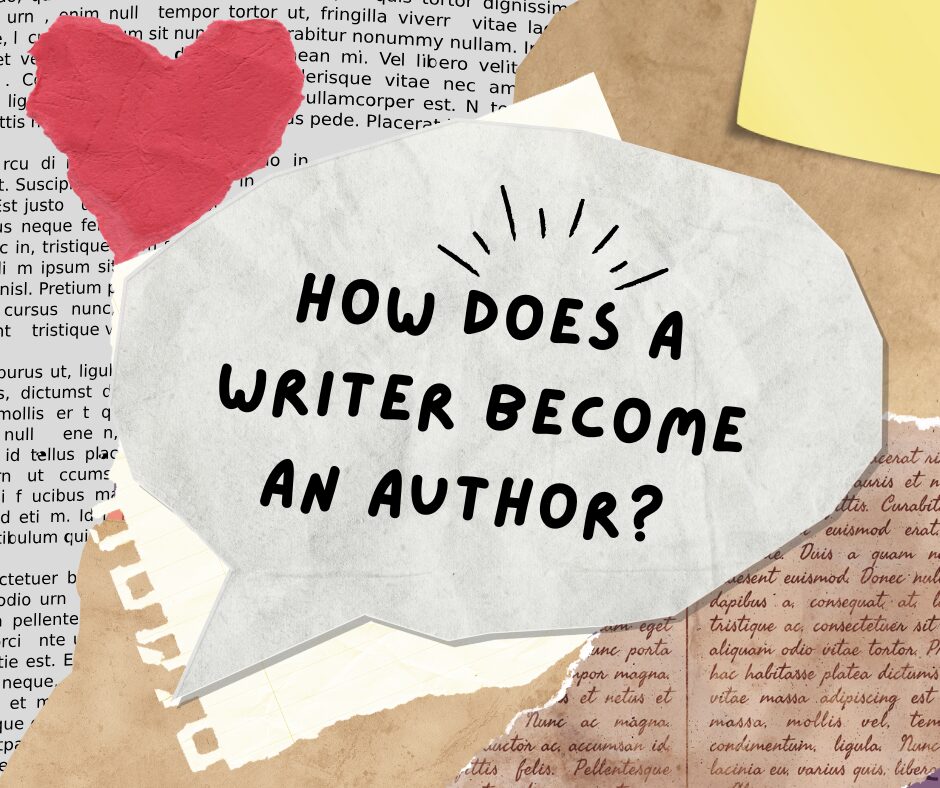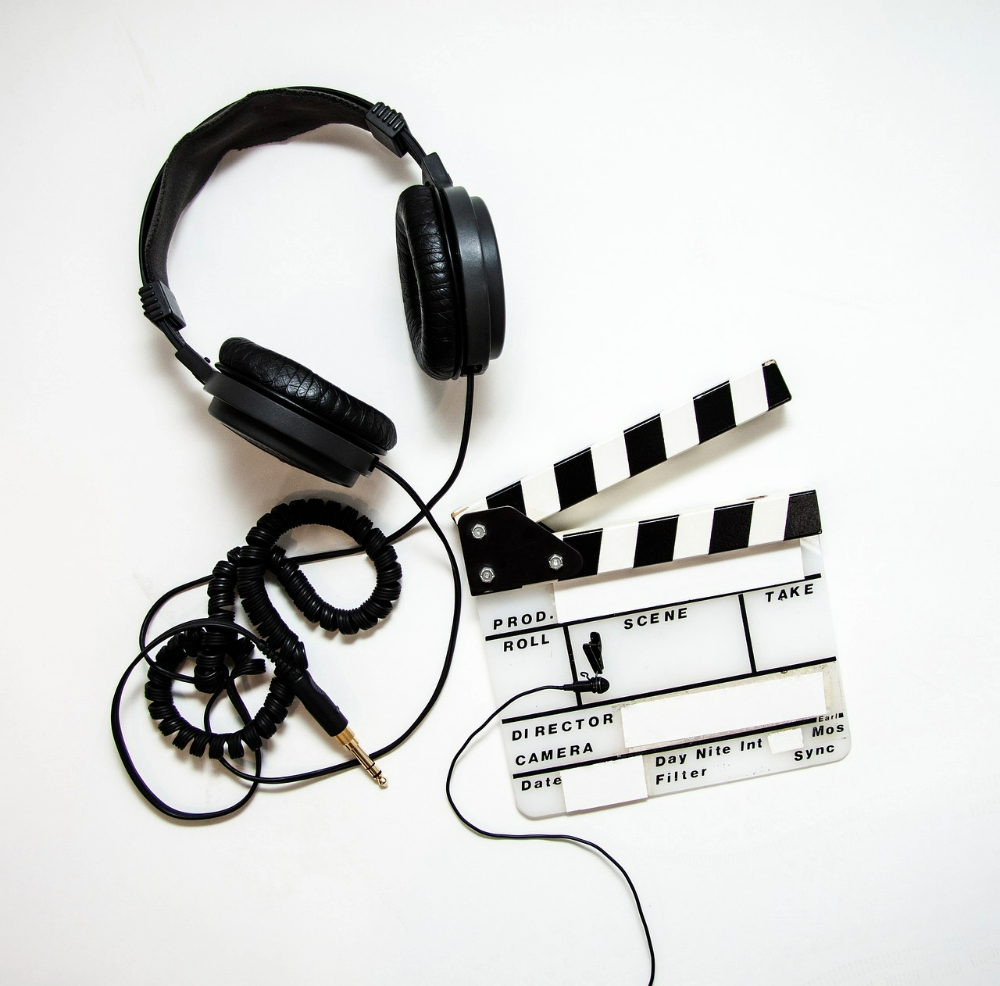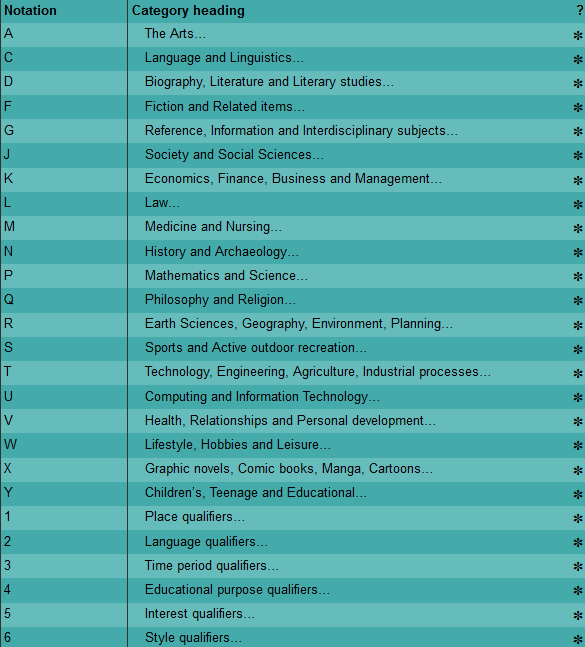Fanfiction Tropes, Tagging, and Book Marketing
The popularity of fanfiction has led to an increasing awareness of how fanfics are organized among a wide variety of readers, many of whom take their habits back and forth between fanwork sites and officially published books. The question for booksellers that follows is when and how to use fanfiction tags for marketing purposes.










